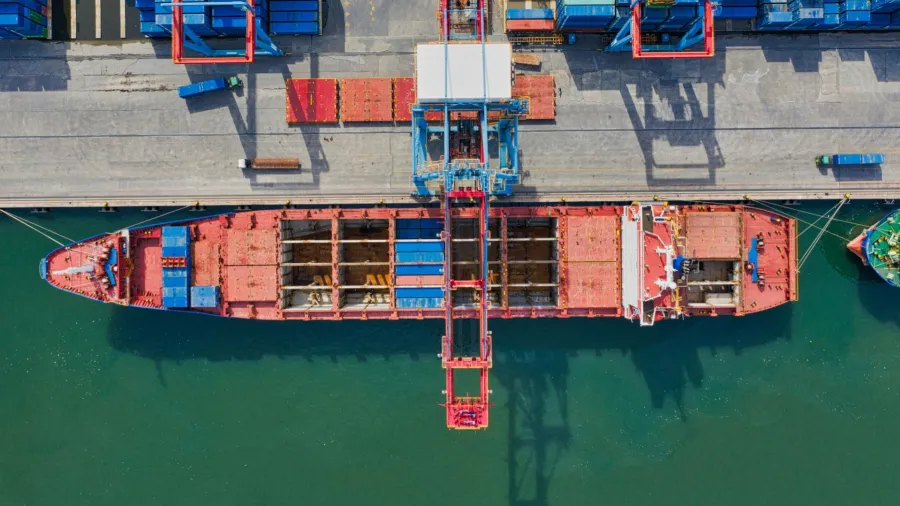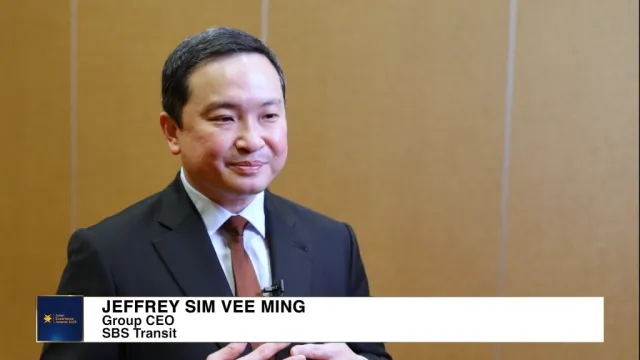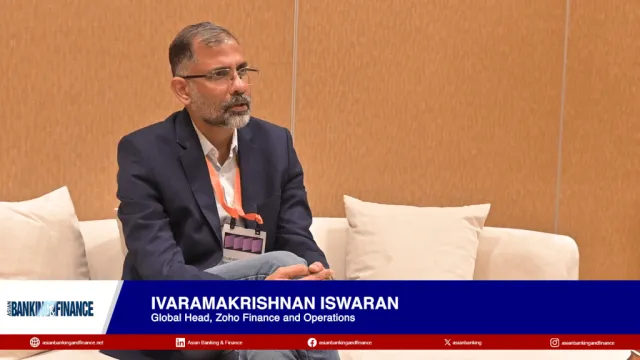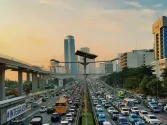
What slows ammonia adoption as marine fuel?
The additional cost remains viable, assuming favourable market conditions are in place.
The higher cost of ammonia-fuelled ships remains a challenge in the adoption of ammonia as a marine fuel.
In an analysis, DNV said that ammonia-fuelled newbuilds still typically cost 15% to 20% more than conventional designs. This is even higher for some retrofits.
Whilst high, the extra cost is manageable, provided other market incentives are strong enough.
“Uncertainty on cost has narrowed as designs mature, but shipyards often add risk premiums for bespoke projects. Costs should fall as production scales and designs standardise, but the capital expenditure barrier is roughly as high as in 2020,” said Linda Sigrid Hammer, principal consultant, Environment Advisory at DNV.
“Even if ships are ready, the toughest challenges hinge on the cost barrier, in particular the fuel cost, which remains too high,” the expert added.
In 2020, neither green nor blue ammonia could compete with fuel oil on cost. Green ammonia now trades at about $2,900 per tonne of marine gas oil equivalent (tMGOe) in Europe, about five times the price for MGO.
Forecasts suggest costs for ammonia could fall to 1,000–1,900 USD/tMGOe by 2050, approaching parity with MGO under carbon pricing.
“The EU Emissions Trading System (2024), FuelEU Maritime Regulation (2025) and a potential forthcoming IMO mechanism could tilt the price balance. The gap remains large, but is narrowing,” DNV said.
According to DNV, the transition has three phases: preparation, upscaling and stabilisation.
Preparation is underway, as companies build a small pioneering fleet, train crews, and develop initial bunkering infrastructure.
DNV noted that demonstrations in Australia, China, Japan, the Netherlands, Singapore and the UK have proven safe transfers of ammonia.
“Major ports are preparing: Rotterdam completed a large pilot transfer in 2025, Singapore and Rotterdam rate themselves at Port Readiness Level 6–7, and Norway has received permission to build a terminal. Japan has ordered the first dedicated bunkering vessel for 2027,” it said.
Meanwhile, barriers such as safety frameworks and port readiness are now low enough for this fleet to emerge.
“Upscaling will require standardised frameworks and global carbon pricing to unlock investment in large-scale production,” Hammer said.
“Parallel advances in fuel technologies, infrastructure and training are essential. Public–private partnerships and ammonia’s existing industrial base could accelerate progress,” she added.
For shipowners, DNV said the challenge is choosing the right low-greenhouse gas fuel amidst uncertain regulations and costs. Options – biodiesel, methane, methanol, ammonia – all pose risks for operations, asset value and compliance, but so does continuing with the status quo.
















 Advertise
Advertise










